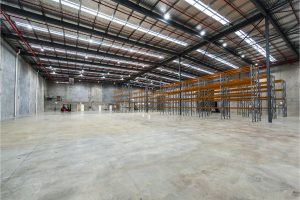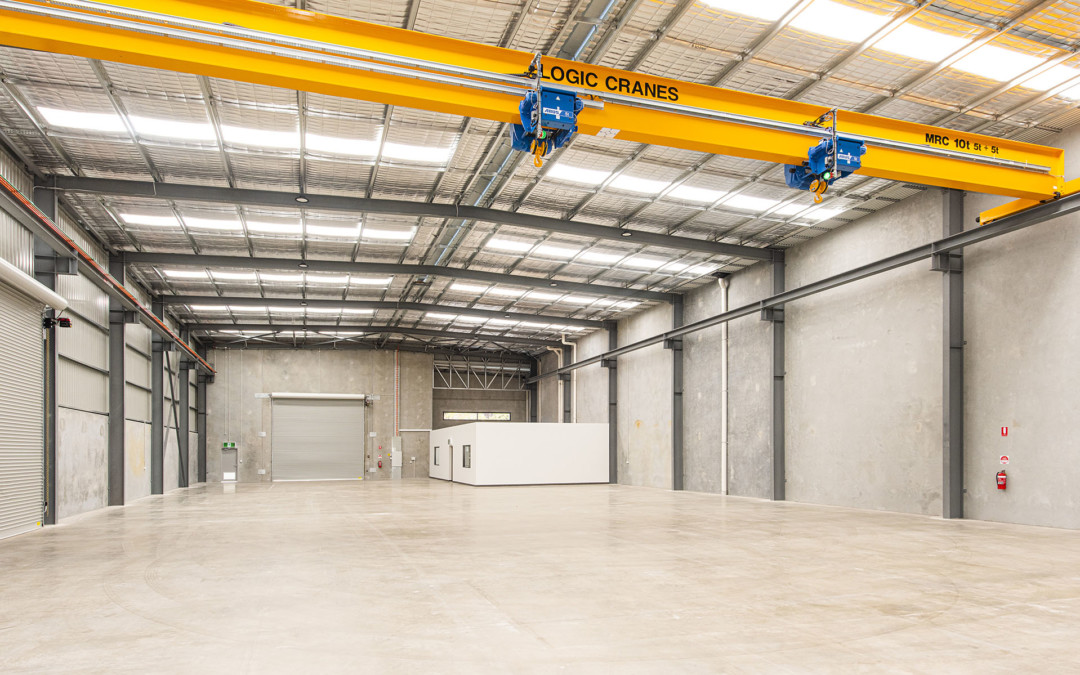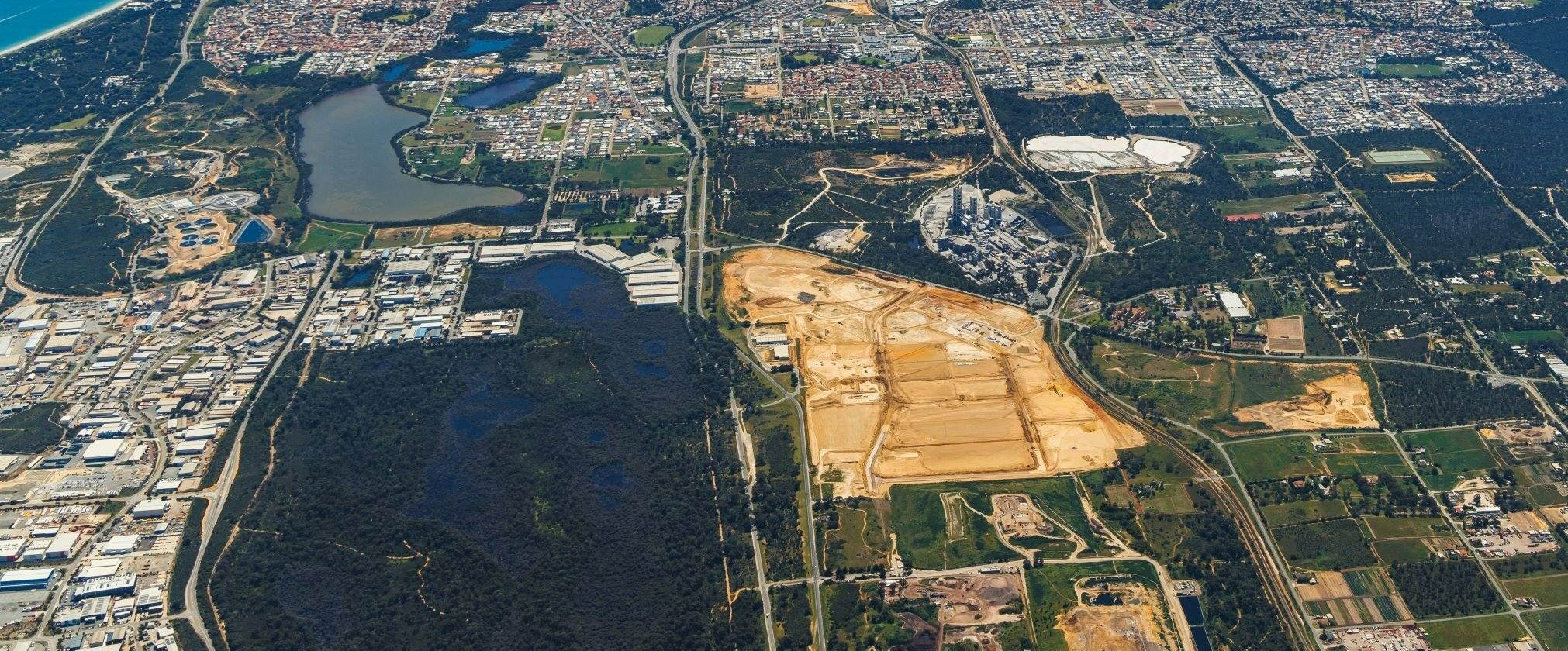
These unprecedented times have seen businesses make changes on a strategic level. Never before have business owners been forced into business development more than now.
The Industrial Building sector is no different. Despite the growth in the sector, we have seen shifts in trends towards the type of tenants thriving and expanding coupled with more defensive strategy from investors, there are uncertainties that linger over the industrial sector.
JLL released an article providing answers to the common questions asked within the industrial building sector. The answers can be read below.
How are tenants reacting to the market?
In this market, tenants are strongly focused on reducing gross occupancy costs across their business and adopting strategies to improve productivity. Strategies businesses are considering and adopting include improved efficiencies in warehouse design including space utilisation, consolidation, automating processes, and flexibility with their industrial footprint. We have seen a growing trend towards office consolidation and reduced office space on-site as businesses recognize the benefits of remote working.
How has COVID 19 pushed tenants to focus on supply chain management?
Tenants are placing a strong focus on supply chain strategies with inherent flexibility to cater to the current market changes. Primarily driven by transportation costs, a well-managed supply chain network will assist tenants in determining the optimal number of warehouses, location, disposals, and acquisitions. Supply chain optimisation will result in annual savings for tenants and position them to achieve competitive market advantage.
Why is the industrial market a defensive asset class for investors?
Industrial assets are considered defensive due to their underlying real estate fundamentals, they consist of land rich property holdings with typically long leases to single corporate tenants. In addition, the change in consumer behaviour has seen a greater demand for industrial space due to the impact of e-commerce and distribution networks associated with this supply-chain.
With less reliance on overseas manufacturing, what impact will this have on Australian Supply Chains?
The impact of COVID-19 has caused disruption to traditional supply-chain networks and resulted in Australian businesses considering greater diversification. We expect to see an increase in alternate markets to China such as Vietnam, Indonesia, Thailand, and India. It will also provide the opportunity for some on-shoring of more critical manufacturing where Australia still has expertise such as medical supplies and specific pharmaceuticals.
Will changes in manufacturing locations last or is it likely to move offshore again in a few years due to cost?
While the market will consider alternate locations to diversify their supply chain risk, we expect a continued reliance on overseas suppliers due to cost and efficiencies however this would involve a diversity of locations rather than the heavy reliance on any one market.
What impact has the rise in e-commerce had on the industrial sector?
Growth in online retail (e-commerce) over the past few months has been focused around food, fast-moving consumer staples, health, and pharmaceutical industries. This has resulted in a strong take up of short-term overflow warehousing and efficiencies through consolidation. The growth of e-commerce will also fast track last-mile delivery plans. Investors and occupiers will be looking for suburban locations that allow them to service their consumer base in acceptable turnaround time.
Is there strong liquidity within the industrial capital markets sector?
We expect to see continued levels of industrial investment due to the liquidity within the sector. Private investors have maintained their activity through the COVID-19 environment and we expect a continued wave of capital to focus on industrial as the syndicators, funds, and REIT’s experience a broader return of confidence to the property markets.
What are the key elements to consider in modern industrial building design?
In modern industrial building design, key elements include spatial efficiency for optimal layout and workflow, energy efficiency through sustainable practices like natural lighting and renewable energy, safety and accessibility in compliance with regulations, aesthetic and employee wellbeing to enhance productivity and morale, and environmental sustainability by using eco-friendly materials and reducing waste. These factors ensure the building is functional, cost-effective, and adaptable to future needs, aligning with contemporary industrial standards.
How are owner occupiers reacting to the market?
In a low cost of capital environment we expect owner occupiers will continue to increase their investment in real estate with the ability to also add value via sale and leaseback structuring.
What category of industrial assests are gaining investment demand at the moment?
There are a number of different categories that are seeing increased demand.
The cold storage sector has continued to go from strength to strength. There is no vacancy across the country and demand remains strong. The large automated warehouses are really only attractive to the bigger players in the market to invest in but even still, they are always highly sought after. Finally, we are seeing the last mile, smaller infill locations with typically higher underlying land values which are also seeing strong demand.
Overall though, what we’re seeing is pretty strong and stable capital and demand for long-weighted income that’s bankable. Because debt is challenging at the moment for a number of groups. So overcoming the debt piece by having a bankable covenant in the current environment is fairly important.
Has COVID-19 affected the private and institutional investor differently?
During the last few months we have seen that travel restrictions have had a flow-on effect on the investment market. There has been a lot of liquidity in the private market because private investors weren’t impacted as heavily by the restriction on travel, so they were able to transact as normal within their local market. As a result, we saw activity remaining.
Offshore capital was more greatly affected but we are now seeing a comeback in confidence. As people become more confident in the new way of transacting and how we work, investors with mandated money are starting to acquire again. Globally, we are seeing Australia stand out as one of the best destinations to invest in in the world.
What are some of the sectors driving demand for warehouse?
We have seen some sectors benefit from the current circumstances and these are all really driving demand. The e-commerce sector, in particular, has been fast-tracked and we’ve seen strong growth across all markets. The grocery and non-discretionary sector has also been very strong. But as we start to return to a more normalised market, there are some behavioural changes that remain which is driving demand. This is such as the reliance on online shopping and supply chain risks, meaning suppliers want to have greater certainty with greater holdings of stock.
What are crucial strategies for effective industrial building construction project management?
Effective construction project management hinges on several crucial strategies. Clear Communication is key; ensuring all stakeholders, from architects to contractors, are on the same page. Detailed Planning and Scheduling help in managing timelines and resources efficiently. Risk Management involves identifying potential issues early and having contingency plans. Quality Control ensures the project meets all standards and regulations. Budget Management is essential for keeping the project financially viable. Lastly, Adaptability is critical, as project managers must be ready to tackle unforeseen challenges and adjust plans accordingly. These strategies collectively ensure project success and client satisfaction.
Source: https://www.jll.com.au/en/campaign/your-questions-answered#Cities




